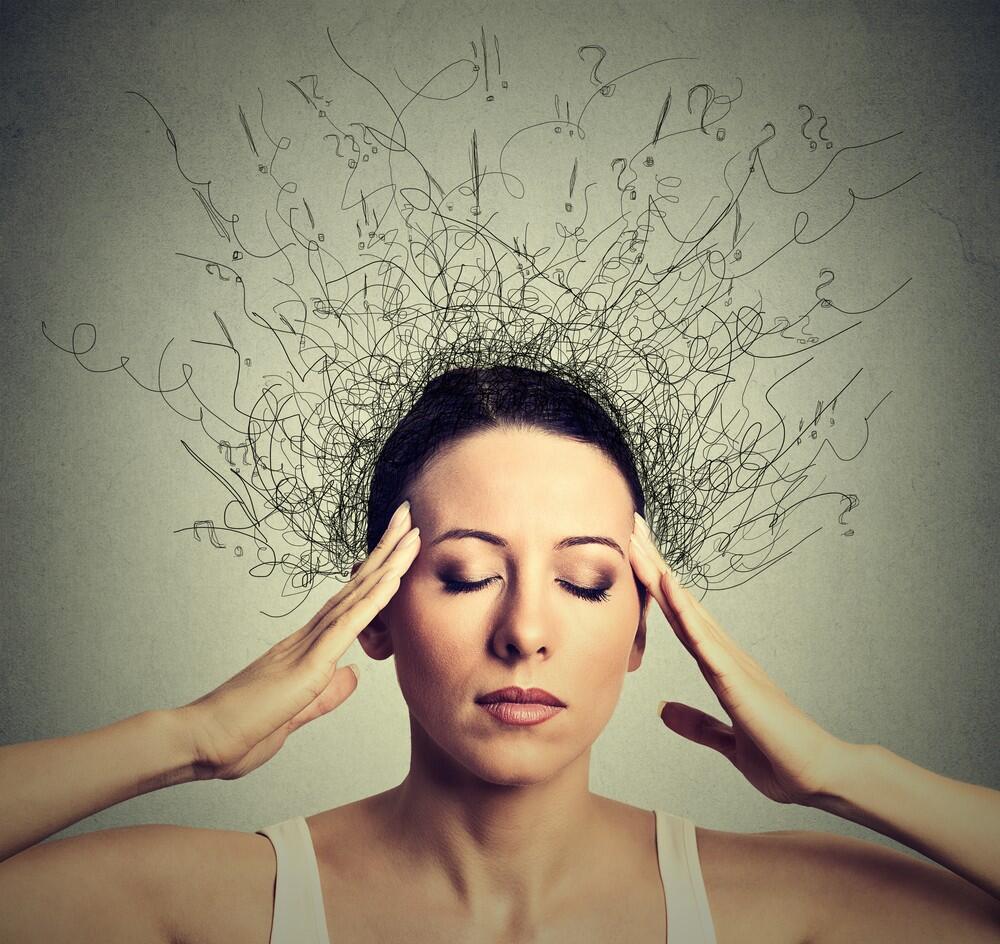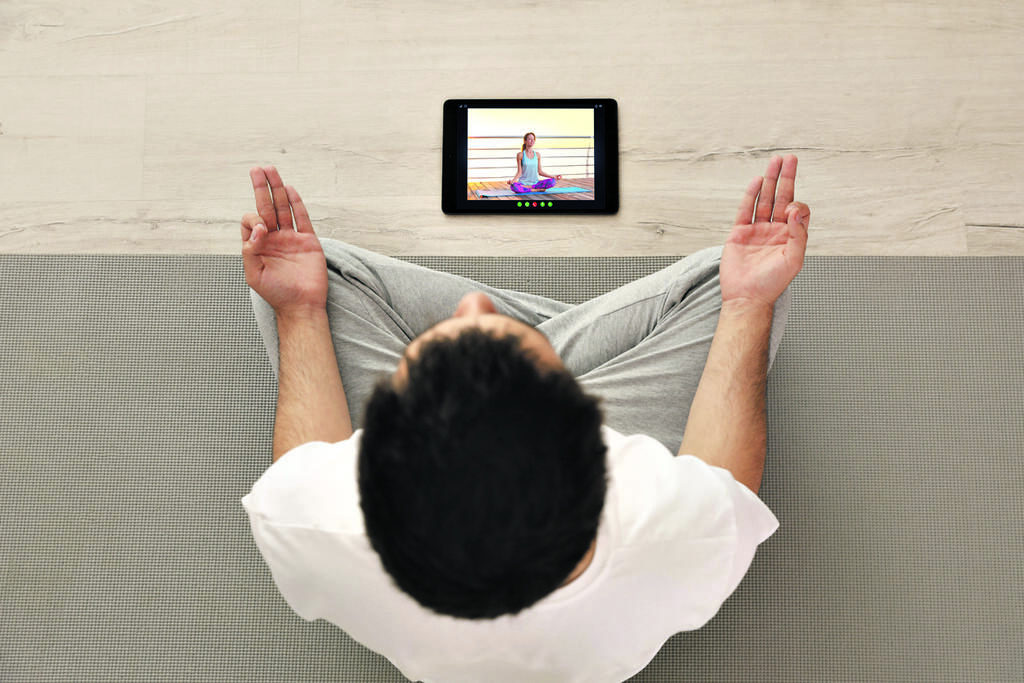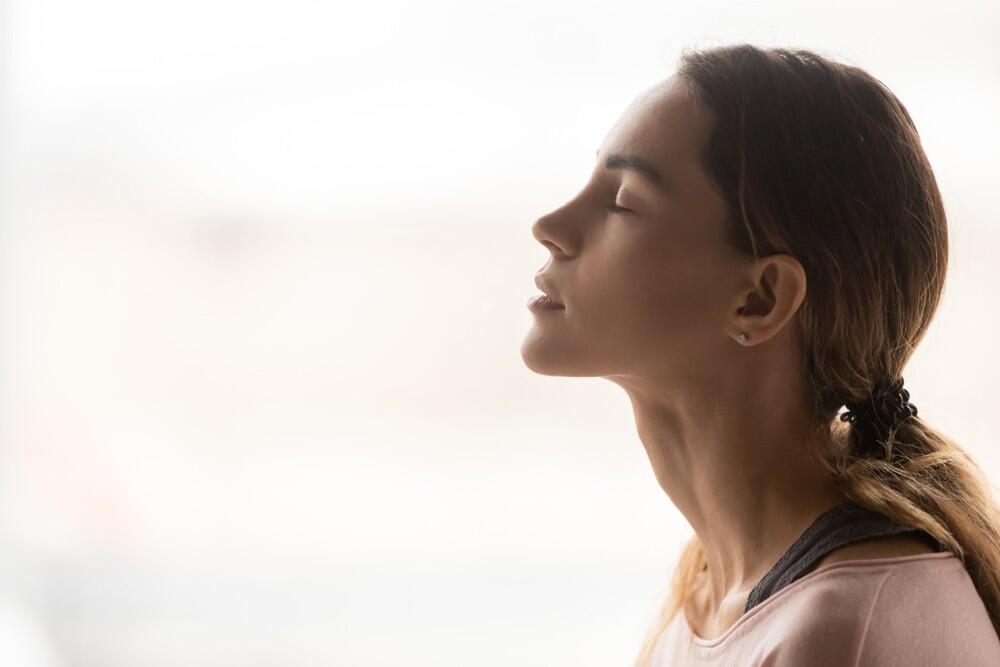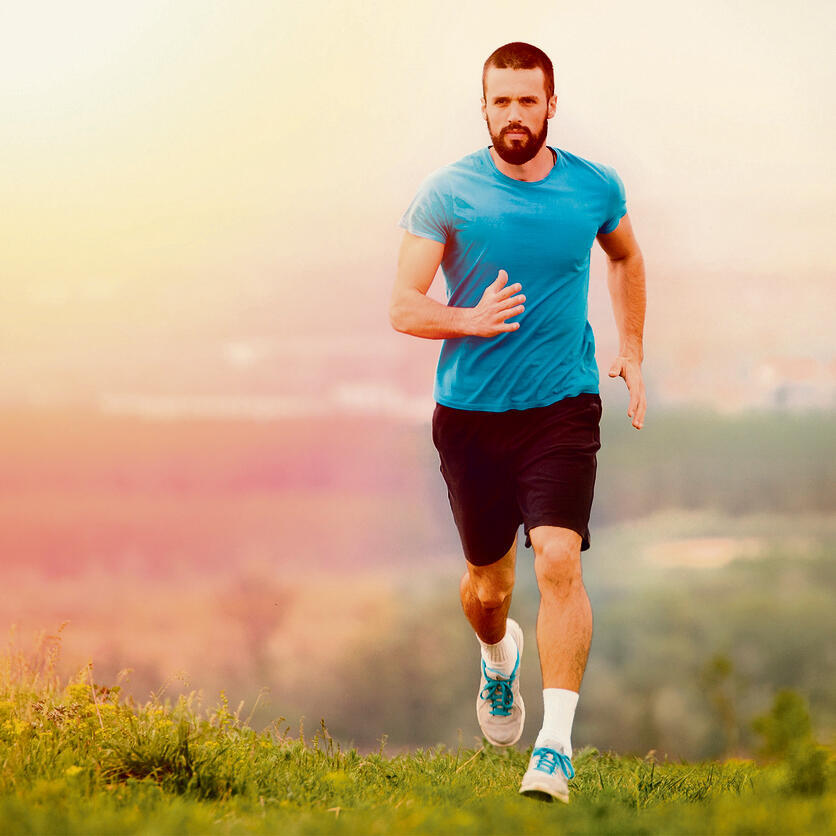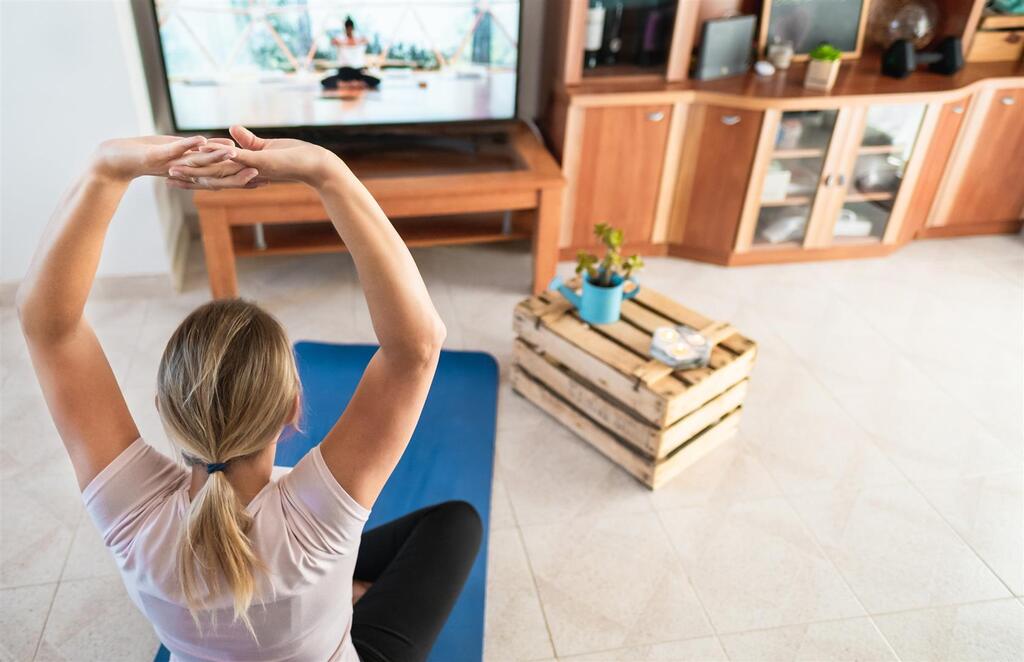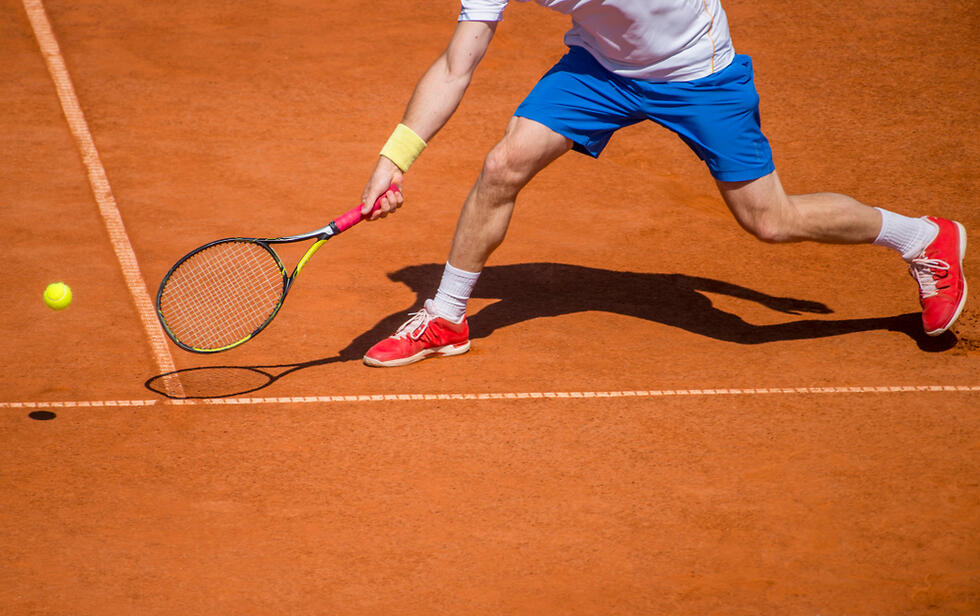Getting your Trinity Audio player ready...
The security events in Israel in recent days has invited a considerable amount of tension and anxiety into our lives. Anxiety can disrupt one's quality of life and many patients report experiencing physical symptoms such as palpitations and shortness of breath that are uncontrollable and do not cease to occupy their thoughts.
More stories:
In recent years, many efforts have been made to combat what is considered a veritable epidemic. Studies have shown that one of the recommended tools for reducing anxiety and developing mental resilience is physical activity. Research findings have indicated that physical activity carried out for a period of three months can significantly improve the condition of individuals suffering from anxiety disorders.
Regular physical activity helps to increase feelings of agency and body-mind connection, raises the ability to regulate one's body, and thereby helps to cope with negative emotions.
It has also been found that when physical activity is combined with a balanced diet and psychological treatment such as CBT, it can significantly reduce anxiety and stress levels.
Before rushing to take anxiety medication prescribed by your family doctor, consider engaging in activities that will make you feel much better emotionally and physically. Choose an activity that suits you and start practicing it regularly. All that's left now is to simply keep at it.
Regular meditation and mindfulness practice
When our bodies are under stress, tension can also affect our thoughts. However, taking a moment to breathe deeply and release our muscles can help to clear our minds.
Research shows that regularly practicing meditation and mindfulness, or being aware of the current moment, can noticeably decrease stress and anxiety levels. Mindfulness allows us to be focused on the present moment, rather than being on autopilot. It can be particularly advantageous to be able to remain grounded in stressful situations.
Jacobson's Muscle Relaxation Technique
Edmund Jacobson was a psychiatrist, psychologist, and physiologist who developed scientifically-based relaxation therapies.
Jacobson observed that mental tension often leads to muscle tension and concluded that relaxing our muscles and inducing relaxation can promote mental tranquility. One of his techniques, the Progressive Muscle Relaxation technique, involves intentionally tensing and relaxing different muscle groups. Regular practice of this technique can help us release stress and become more attuned to tension in our bodies, ultimately learning how to let it go.
Walking and jogging
Sticking to a jogging routine can be a challenge for many people. It's easy to come up with excuses not to go out for a run. However, it's essential to recognize that the more we jog, even if it's just for two minutes a day, the easier it becomes to run for longer periods.
Consistent jogging develops perseverance and helps us regulate our bodies more easily. Running has been shown to enhance mood, reduce stress levels in the body, and improve sleep quality and self-esteem. It also develops mental resilience and abilities that can help us cope with challenges effectively.
Jogging is known to improve our mental resilience, which can help us cope with challenges and avoid giving up. In addition, emotional support is a highly effective factor in reducing anxiety. Research has shown that jogging or walking with a close companion increases the calming effect of physical activity and provides more motivation for training over time. For those affected by anxiety attacks, having a sense of motivation is crucial.
Yoga and Pilates
One of the biggest challenges when coping with anxiety is the feeling of the body betraying us, along with intrusive thoughts about the future or past unpleasant experiences.
By practicing yoga or Pilates, we can connect with our bodies, learn to breathe properly, and focus on the "here and now". This can help to ground ourselves, and our bodies, during times of stress or anxiety. We can practice alone or with a group, depending on personal preference.
Dancing and aerobics
Many people find combining movement, music, and social interaction through physical activities to be an enriching experience. Dancing to music can increase endorphin release, create a pleasant sensation in the body, reduce anxiety, and improve mood. Dancing also enables us to be more attuned to our bodies, which can be useful during stressful situations by directing our attention to enjoyable and calming activities. Whenever we feel anxious, we can turn to dancing or focusing on music that brings us pleasure.
Tennis
Many people enjoy playing tennis for the challenge, easy gameplay, and competitive aspects of playing against an opponent. It is also widely recognized that regular exercise can help to reduce anxiety levels. A recent study discovered that intense aerobic activity significantly lowers the risk of anxiety symptoms compared to low-intensity activity. Consistently training for tennis twice per week can lead to a long-term "immunization effect" against anxiety and stress symptoms.
Swimming
Swimming is recommended for those who enjoy training alone. According to some individuals, swimming can serve as a form of psychological treatment due to the repetitive movements, which allow for a diversion of concentration from daily struggles to the act of swimming.
Additionally, focusing on details and energy distribution play significant roles in reducing stress and pressure. By improving our swimming abilities and developing independence in the water, we can strengthen our sense of capability while reinforcing the mind-body connection, which helps regulate anxiety. Practicing for at least 30 minutes is recommended for full benefit, including the release of endorphins (the natural "happiness drug").
The author is a cognitive-behavioral psychotherapist who manages the low-intensity cognitive-behavioral therapist training program (Li-CBT) at the Academic Center for Education and Sports at Wingate Institute in Israel.


